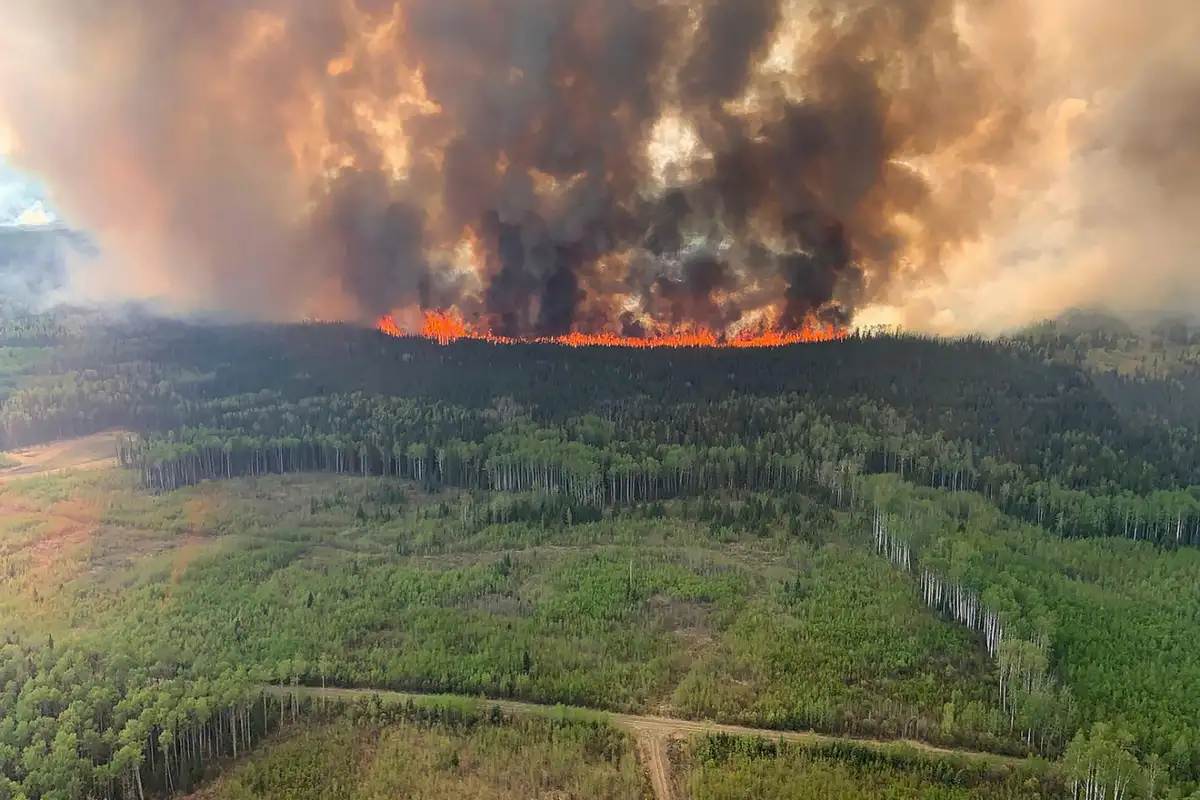A number of wildfires have been affecting Canada over the last few months. They are rapidly increasing with time, and now there are 300 fires throughout different Canadian territories as of this month. According to the British Columbia Wildfire Service agency, 98 new wildfires have been reported since Monday, most uncontrollable. Thirteen of them are considered to be a potential threat to human life.
Among these fires, one south of Fort St. James, one southwest of Quesnel, and one more north of Fort St. John. have prompted authorities to send evacuation orders and warn people about the risks of these disasters. In addition, The Cariboo Regional District has ordered residents in the Townsend Creek and Branch Roa to evacuate at 2 p.m. PT on Sunday. Similarly, other important fires include the Powers Creek fire south of Smithers. Additionally, the Davis Lake fire at north of Mission and the Donnie Creek fire in northeast B.C., have become some of the largest ones recorded in the province’s history.
The authorities have been constantly updating the situation to warn people about the current state of their zone. In this sense, it is important to take into consideration that an evacuation alert means people should get ready to leave their homes, with little to no notice. An evacuation order r basically means that a resident must leave their place immediately due to the situation’s danger.
The wildfires in Canada have also been affecting nearby countries and its smoke has even traveled to Europe. For instance, cities like New York have warned residents about bad air quality coming from the fires and experts were able to detect a weakened smoke that had been moving through countries like Iceland and Norway, but it was not dangerous to human life once it had arrived to Scandinavia.

